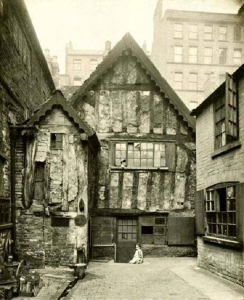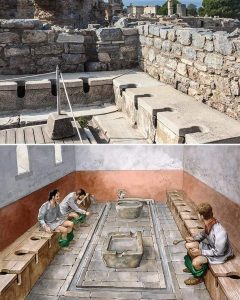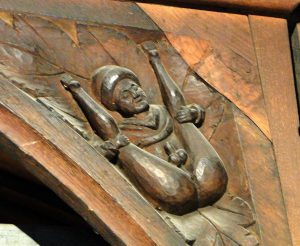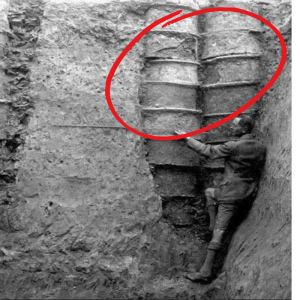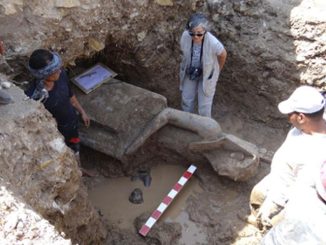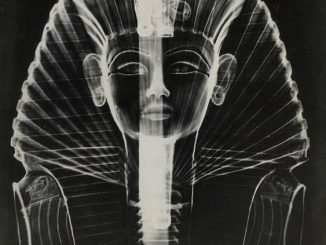Throughout history, the families of coal miners have played a vital yet often overlooked role in the coal mining industry. Serving as the backbone of mining communities, they provided essential support to the miners while facing their own unique set of challenges and hardships.
The living conditions for these families were intricately linked to the mining operations. Many resided in company towns established by coal mining companies, where housing, schools, and other amenities were provided.
However, the quality of housing varied greatly, ranging from modest and cramped dwellings to more comfortable accommodations. These towns often existed in isolation from urban centers, fostering close-knit communities centered around the mining industry.

The economic stability of coal miners’ families relied heavily on the success of the mines. During prosperous times, families benefited from steady employment and income. However, during economic downturns or mine closures, they faced financial uncertainty due to the cyclical nature of the industry.
Within these mining communities, families played a crucial role in supporting the miners. The physically demanding and often perilous nature of the miners’ work left them exhausted after long shifts underground. Consequently, responsibilities such as cooking, cleaning, childcare, and household maintenance fell to the families, demanding immense effort, particularly in areas lacking modern conveniences.
Strong bonds formed among residents of mining communities, with families leaning on each other for support. Community events, places of worship, and schools provided avenues for social interaction and the sharing of experiences. Despite the hardships, a sense of unity and solidarity prevailed.
Health and safety concerns were paramount for miners’ families, given the inherent risks associated with coal mining. Accidents, injuries, and fatalities in the mines were unfortunate realities, leading to constant worry for the safety of loved ones. The emotional toll of these fears weighed heavily on families
Children were integral to the coal mining family dynamic, often contributing to the family income by working in coal-related industries, such as sorting coal as “breaker boys.” Despite concerns about child labor, economic pressures made it common in mining communities.

The challenges faced by coal miners’ families contributed to labor movements and unions, which aimed to improve living and working conditions for miners and their families.
As the coal industry evolved, so too did the dynamics of coal miners’ families. Technological advances and shifts in energy sources led to the decline of the coal mining industry in many regions. Communities once sustained by mining faced economic hardships as mines closed down, necessitating adaptation to new circumstances.
The legacy of coal miners’ families is a vital aspect of industrial history, shedding light on the interconnectedness of families, communities, and industries. Their stories continue to influence discussions on labor rights, safety regulations, and the broader impact of extractive industries on individuals and society as a whole.
